The Significance of App Retention Rates and Ways to Enhance Them
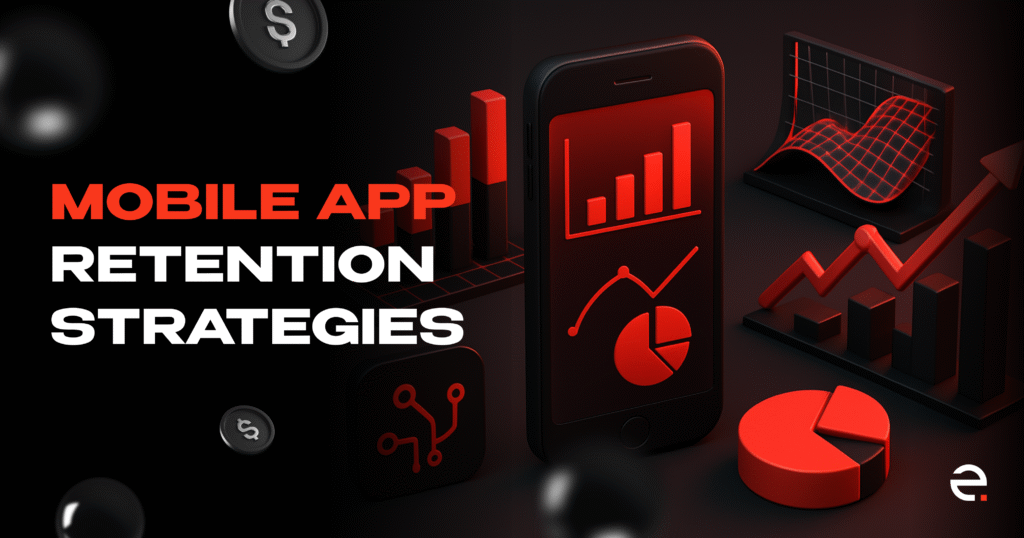
We all know how tough the journey is — from building an app and promoting it any way you can, to finally getting those long-awaited user downloads. You’d think the hardest part is over. But then the worst happens: within the first days, or even minutes, the user deletes your product. Or they just stop using it, and it ends up buried in a forgotten folder like junk in an attic, waiting for its fate. A real horror story!!
But it doesn’t have to be this way. The difference between apps that fail and those that flourish comes down to one critical metric: how many people find your app valuable enough to return tomorrow, next week, and next month. That’s where we start talking about these misterious retention rates. RRs reveal your app’s true business value. While downloads measure your marketing success, retention measures product success.
Some enterpreneurs believe they are successful enough not to deal with boring metrics. This way it too risky. Nowadays, the average app loses seventy-seven percent of users within three days. What’s more, customer acquisition costs continue climbing. The average cost to acquire a single customer now reaches $606 across major sectors. Meanwhile, increasing retention by just five percent can boost your profits by seventy-five percent! Sounds great, right? Plus, retained users generate compound value. They make purchases, engage with features, and provide feedback that improves your product.
That’s why all of this points to one clear takeaway: you must invest in working mobile app retention strategies. In this article, we’ll show you exactly how to do that.
Understanding App Retention Rates
If you’re new to app analytics, mobile app user retention rates might seem like another plain number. However, it is the most telling indicator of whether your product provides real value to people. What exactly is an app retention rate? It’s the % of users who return to your app after their initial download and first session.
Its calculation is also pretty straightforward. Take the number of users who return on a specific day, divide by the total number who downloaded your application, then multiply by 100. It means if 1,000 people downloaded your app and 200 returned the next day, your Day 1 RR is 20%. Here, different timeframes tell different stories:
- Day 1 Retention measures immediate appeal aka did users find enough value to return tomorrow?
- Day 7 Retention shows whether your product fits into users’ weekly routines.
- Day 30 Retention indicates long-term stickiness and whether people consider your tool essential.
- Day 90+ Retention reveals true product-market fit and sustainable user relationships.
Here’s why these numbers matter more than downloads. A million downloads with 1% retention means 10,000 active users. But 100,000 downloads with 10% retention gives you the same result—and costs far less to achieve! RRs also reveal user behavior patterns. For instance, steep drop-off between day 1 and day 7 means you have some onboarding problems. Gradual decline over months indicates feature fatigue or competitive pressure. Understanding these patterns helps you diagnose exactly where you lose users and why.
A Guide to Calculating Your App’s Retention Rate
First, you’ll need a good analytics platform. Most platforms require adding their SDK to your code. Here are a few decent 6options:
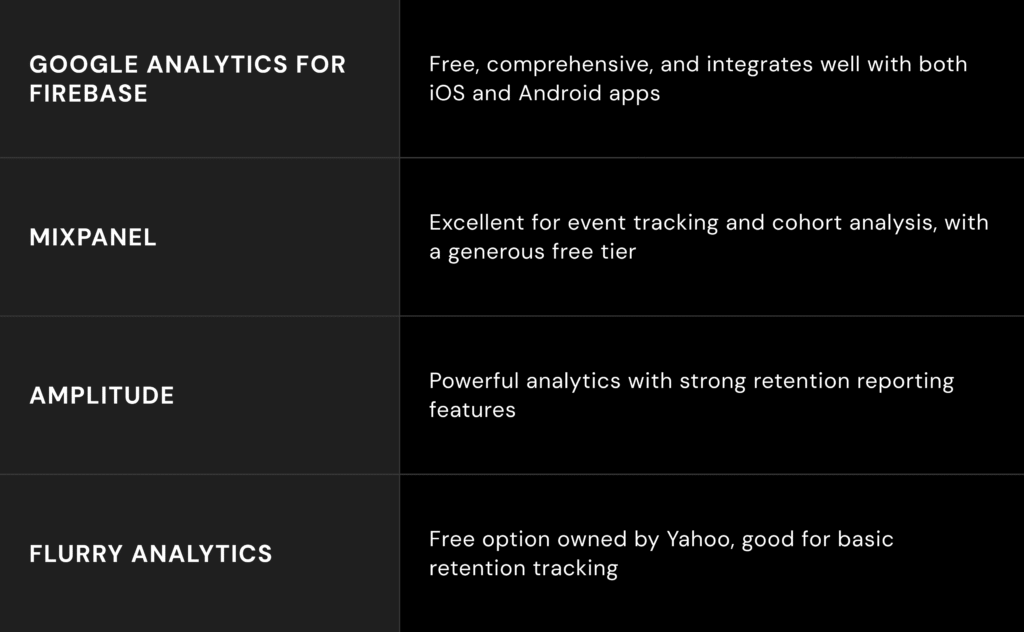
Your analytics platform needs to capture these key events:
- App Install: When someone first downloads your application
- First Session: When they open it for the first time
- Session Start: Every time they open your application
- User ID: A unique identifier for each user (anonymous is fine)
Advanced tracking might include specific actions like “completed onboarding” or “made first purchase”. But, you can start with the basics. Once you have data flowing, you can easily calculate your RRs. The good news here is most analytics platforms offer pre-built retention reports. Thus, you do not need any spreadsheets (phew!).
Begin tracking retention from day one, but don’t panic about early numbers. You need at least 30 days of data to calculate meaningful Day 30 RRs. Focus on Day 1 and Day 7 numbers first—these provide faster feedback. Remember, your goal is not an immediate perfection. You need to establish a proper measurement system that will help you improve over time!!
What Constitutes a Strong App Retention Rate?
Now that you know how to calculate your RRs, the burning question becomes: what numbers should you actually aim for? The answer depends on your product category, platform, and business model. Here’s what “good” retention looks like across the mobile app ecosystem:
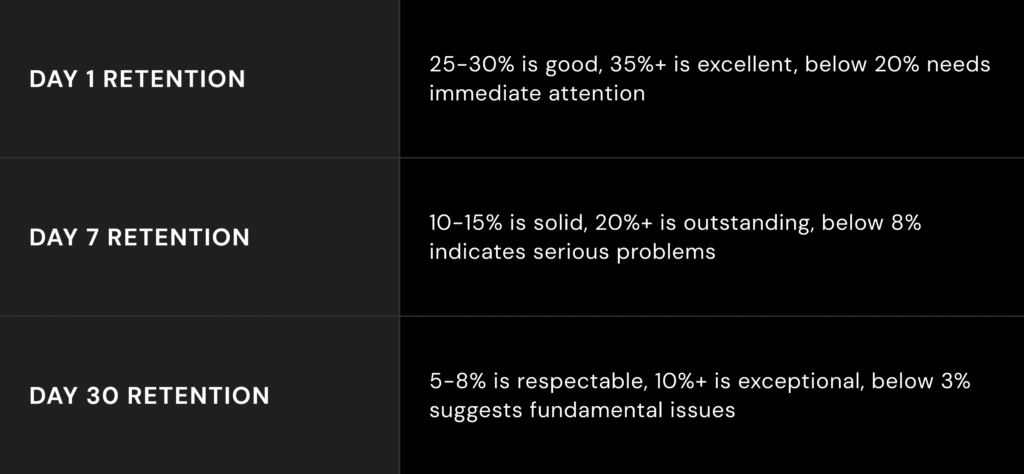
App categories show dramatically different retention patterns. Here’s how your performance should be evaluated within your specific vertical:
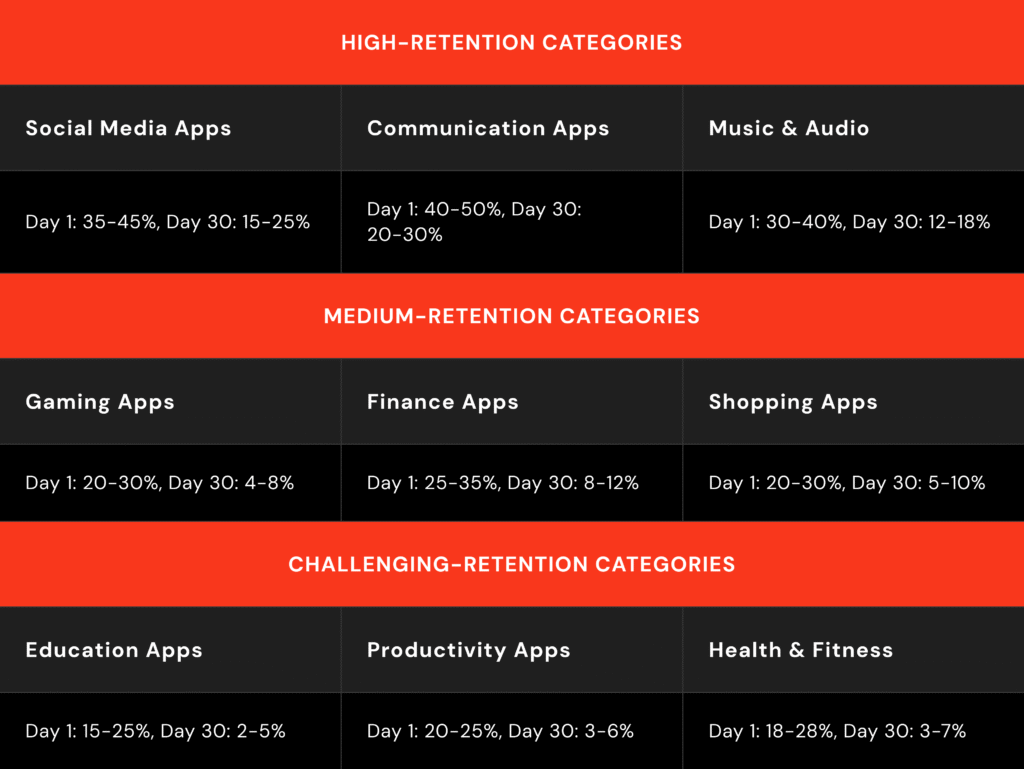
Also, iOS and Android users behave differently:

Your monetization strategy also influences retention targets:
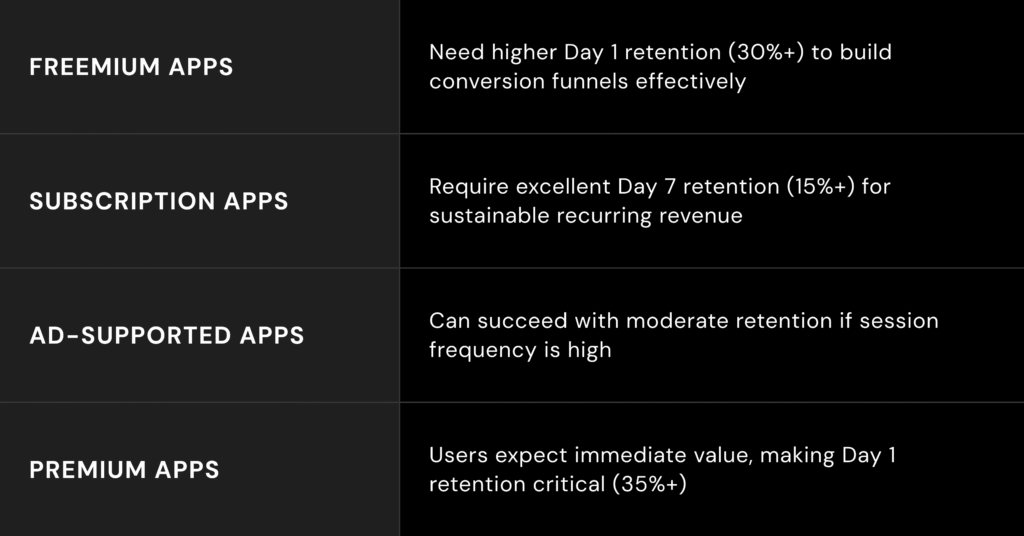
Red Flags That Demand Immediate Action
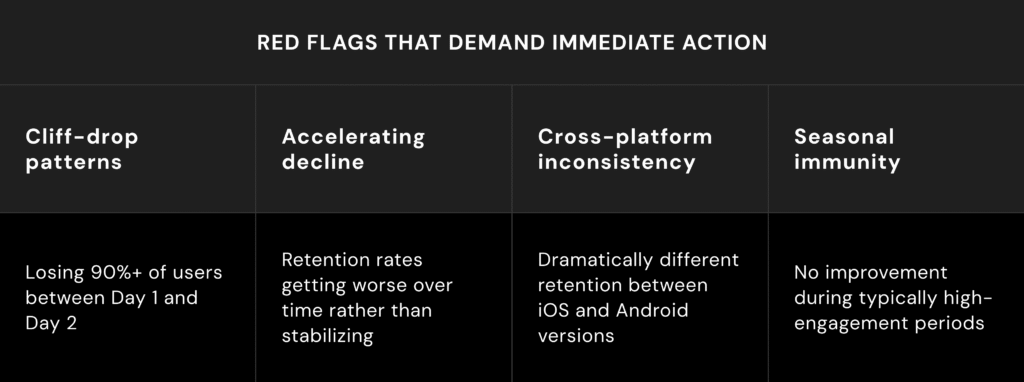
Don’t expect overnight transformation. Sustainable retention improvements typically happen in incremental steps:

Don’t be upset if the growth seems super slow. Even small percentage improvements in retention create massive business impact over time! A 5% improvement in Day 30 retention can double your app’s lifetime value!!
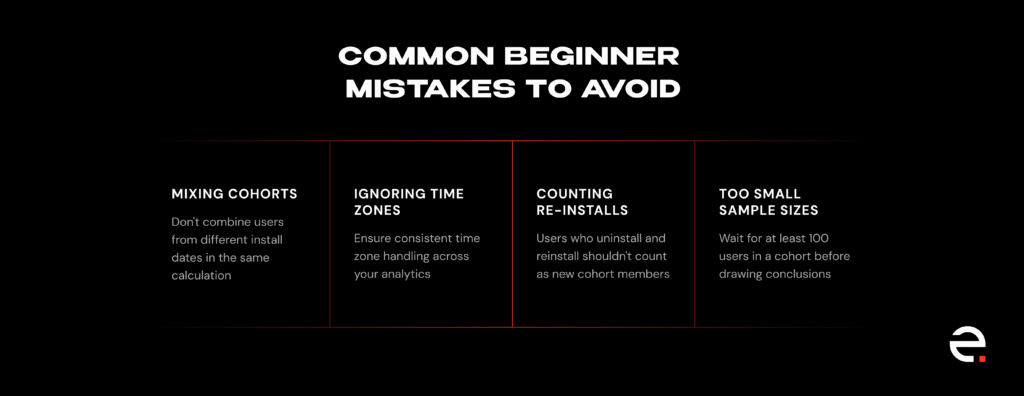
Top Mobile App Retention Strategies for 2025
Understanding these indicators is just the beginning. Now comes the crucial part: implementing proven strategies that actually move the needle. Here are a few working approaches you might want to try right now!
Onboarding Improvement
Complete onboarding typically correlates with 40-60% higher RRs! Simply put, it is like a guided tour for newcomers. It shows them where things are and helps them get started without feeling lost. But, what is an effective onboarding? It focuses on value demonstration, not feature tours!! What’s you action plan here?
- Limit onboarding to 3-5 screens maximum
- Show users how to complete one valuable action immediately
- Use progressive disclosure—reveal features as users need them
- A/B test different onboarding flows and measure completion rates!
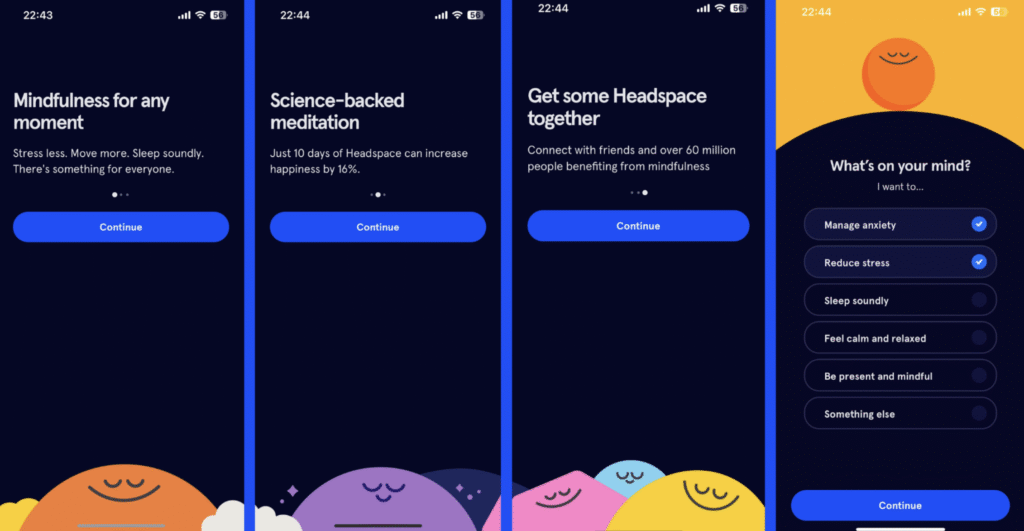
Aligning Marketing Strategies with Product Objectives
Wrong marketing moves may attract users who actually don’t match your app’s core value proposition at all. Wasted time and money! Your acquisition strategy should target users most likely to stick around. What could we do here?
- Analyze your highest-retained user segments and target similar demographics
- Create marketing messages that highlight your products’s core benefits, not just features
- Develop user personas based on behavioral data, not just demographics
Personalized User Experience
Generic experiences produce generic results. And we are not interested in them! Instead, work on personalization that creates emotional connections and improves RRs by 15-25% while increasing user session lengths!
- Implement user preference tracking from the first session
- Create dynamic content recommendations based on usage patterns
- Personalize interface elements like themes, layouts, or content ordering
- Use machine learning to predict preferences and surface relevant content
Establishing Reward Systems
People like being rewarded. For example, when an app says, “Great job! You’ve completed a task — here’s a bonus!” or shows progress like “You’ve reached Level 5!”, it creates a positive emotional response. The user feels that their actions matter and lead to real results. What could you do here?
- Implement daily login rewards
- Create achievement systems that recognize meaningful milestones
- Use variable reward schedules to maintain engagement without predictability
- Track reward redemption rates and their correlation with retention
Compelling Push Notifications
People forget quickly. They have a million things going on, and even the best application can get lost in the noise. A friendly little “hey!” from the app is your simple yet effective RR boost.
- Segment users based on behavior and send targeted notifications
- Test notification timing, frequency, and messaging

Proper and Quick Issue Resolution
Bugs and errors happen — and that’s okay. But what really shapes the user’s experience is how quickly and thoughtfully you respond. Simply put: If something doesn’t work, the user gets frustrated. But if they get a fast response and a clear solution, they feel cared for. If they’re not being ignored but actually helped, they’re much more likely to stick around.
- Implement in-app support systems for immediate assistance
- Create comprehensive FAQ sections
- Use chatbots for instant responses to routine support questions
Reducing Cognitive Load
If your application has too many buttons, complicated terms, or extra steps, people get confused, tired, and… close it. No one wants to feel lost or overwhelmed. Thus, the goal is to make everything clear: where to tap, what to do next.
- Simplify navigation with clear, logical menu structures
- Use familiar design patterns that visitors recognize from other apps
- Conduct regular usability testing
- Monitor user flow analytics to optimize interface design
Gamification
Gamification is amazing because it turns regular app use into a game where people want to reach goals and earn rewards. Our favorite example is Duolingo, as they have implemented all elements here:
- Users complete levels and see their progress.
- There are daily goals and “streaks” — a count of how many days in a row they’ve studied.
- Lessons earn points and virtual currency.
- Friendly reminders and congratulations are sent to motivate learners to keep going.
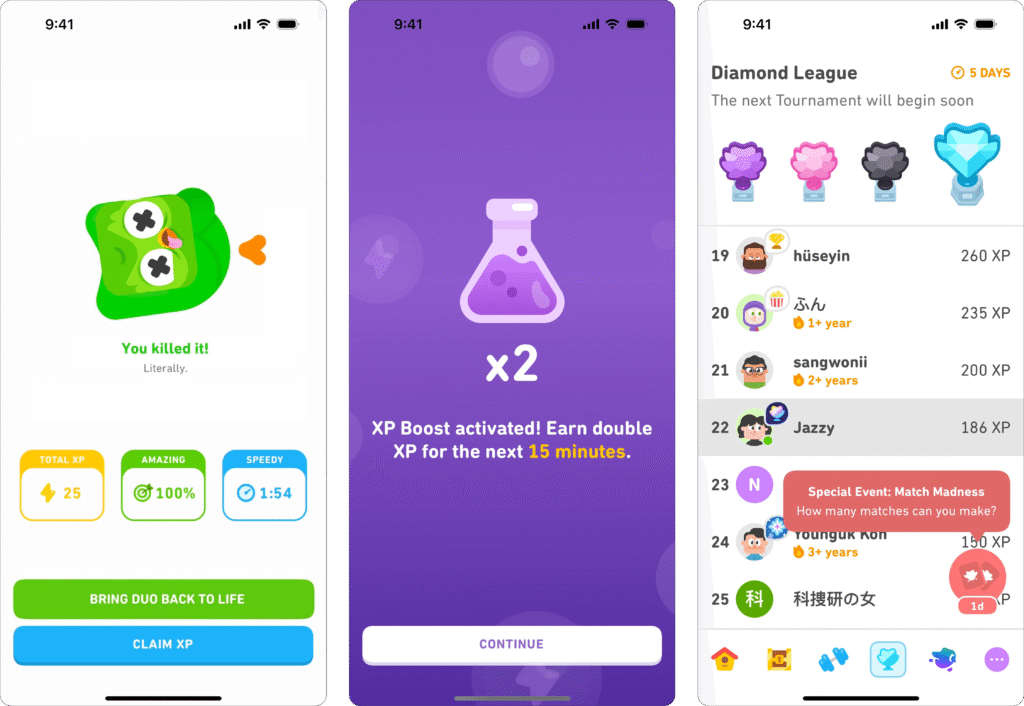
Tips Beyond Retention: Additional Steps to Boost Mobile App Engagement
Expanding your engagement toolkit beyond core retention tactics can create additional growth opportunities. We recommend:
Embracing Content Marketing
Develop a strategy that addresses your users’ broader needs related to your app’s core functionality. Create blog posts, video tutorials, podcasts, or webinars that demonstrate advanced use cases or provide cool insights. Focus on educational content that positions your product as an essential tool. Share user success stories, feature deep-dives and best practices.
Leveraging the Power of Social Media Marketing
Establish a consistent presence on platforms where your target audience is most active. Share user-generated content, behind-the-scenes development updates, and feature announcements.
Create social media campaigns that encourage users to share their experiences with your app. User-generated content serves as authentic testimonials while expanding your reach through social proof.
Plus, it’s good to monitor conversations about your app and industry. Don’t forget to respond promptly to mentions, address concerns, participate in relevant discussions!
Capitalizing on Referral Marketing
Your goal is to transform satisfied users into brand advocates. Design referral programs that provide meaningful incentives for both referrers and new users. Provide easy sharing mechanisms, pre-written messages, and trackable referral links that make it simple for users to recommend your product to friends and colleagues.
FAQ
-
What methods can be employed to enhance user retention?
-
The most effective mobile app retention strategies include:
- optimizing your onboarding process to demonstrate immediate value
- implementing strategic push notifications that provide personalized content
- creating reward systems that encourage regular engagement.
Additionally, besides the main mobile app user retention strategies, you should focus on:
- app performance
- user interface simplification
- personalization based on user behavior patterns and more.
All these factors also influence app retention results. Thus, a good app retention strategy goes hand in hand with all other improvements. -
How can you attract a more extensive user base to your application?
- Attracting a larger UB requires aligning your marketing strategies with your product’s value proposition. Leverage content marketing, social media engagement, and referral programs. They all will turn satisfied clients into brand advocates!
-
How should you put into action strategies for retaining customers?
-
There is no value if you pick an app retention strategy blindly just because everyone else does it! Here is a different approach. Start by implementing 2-3 mobile app user retention strategies first. Choose those that directly address your biggest drop-off points. Here, it could be improving onboarding or optimizing push notifications.
The new app retention strategies implementation is complete? Use data-driven approaches by tracking cohort RRs and A/B testing different approaches to measure effectiveness! Create systematic measurement processes when it comes to retention mobile app steps. Gradually expand your app user retention toolkit based on what produces measurable improvements. Plus, we recommend searching for the user retention strategies mobile app market leaders like. Monitor your competitors and their preferred app retention mobile app retention strategies.